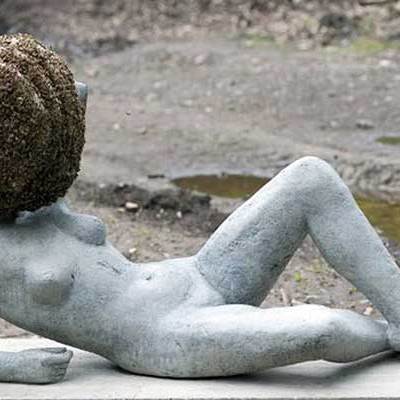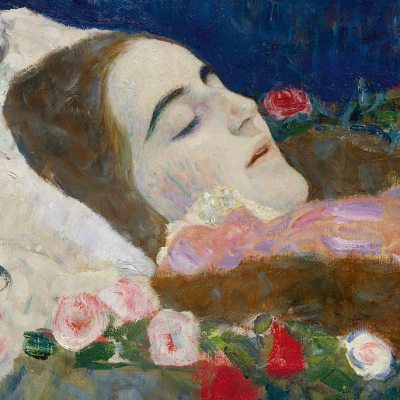In this ongoing series, Apollo previews a range of international exhibitions, asking curators to reveal their personal highlights and curatorial impulses. Claire Gilman is the curator of ‘Drawing Time, Reading Time’ at the Drawing Center in New York.
Tell us a bit about the exhibition – what makes it a distinctive show?
Although a number of recent exhibitions have focused on the relationship between art and text, I felt there was more to say on the subject. Almost uniformly, curatorial efforts have concentrated on the graphic or material relationship between writing and the visual arts: whether or not writing is a kind of drawing; how artists have integrated text as visual form; how drawing can free language from the necessity of communication etc. In this, they have reflected the standard thesis of Modernism itself, with its prohibition of narrative representation.
‘Drawing Time, Reading Time’, on the other hand, does not aim to challenge writing and drawing’s integrity as distinct disciplines. Instead the artists acknowledge that a drawing is in the end a static object; that it is consumed all at once whereas writing necessarily involves temporal flow. At the same time, they are interested in how each discipline can have a dual character, and how – when considered together – they reflect upon and complicate each other.
How did you come to curate this exhibition?
I have long been interested in the relationship between drawing and language but the idea for the show crystallised after a studio visit with the artist Sean Landers. I am amazed by the rigorous way in which he has pursued the interplay between the visual and the linguistic. On that day we had an intense conversation about his 451-page novel/installation piece [sic] (1993) which will be in the exhibition. It is such a brilliant demonstration of the many ways in which the visual and narrative forms do and don’t intersect, and it motivated me to build an exhibition around those ideas.
What is likely to be the highlight of the exhibition?
I don’t know if there is a single highlight – I think there are many! I imagine viewers will be excited to see the concentrated and eclectic selection of Carl Andre’s typewriter drawings. I was familiar with his more abstract word compositions but not his odes and more traditional poetic pieces. I am excited to showcase Andre’s work as well as that of other artists of his generation like Guy De Cointet, alongside a younger group.
And what’s been the most exciting personal discovery for you?
The most exciting discovery for me was Argentinian artist Mirtha Dermisache who, sadly, died last year. She is a master of asemic writing who was lauded by Roland Barthes but who remains woefully undervalued. I am thrilled to bring her work to a broader viewing public.
What’s the greatest challenge you’ve faced in preparing this exhibition?
The biggest challenge was winnowing down the number of artists to the nine I ultimately chose. There are many people who fit the show’s general thesis and, ultimately, my decisions were largely intuitive. I wanted a balance of work and generations and thought carefully to make sure each body of work selected added something unique to the whole.
How are you using the gallery space? What challenges will the hang/installation pose?
The exhibition will take place in The Drawing Center’s Main Gallery which is a wide open space. I decided not to build walls as I want the works to exist in dialogue with each other across the room. In this way, the viewer will immediately be able to perceive the sympathy between Allen Ruppersberg and Molly Springfield’s book drawings, for example, or the more abstract approach of De Cointet and Greek artist Nina Papaconstantinou. To conserve space, the Andres and certain Dermisache drawings will be shown in vitrines. The most complicated installation is undoubtedly [sic] which occupies the entire back wall and is installed with hundreds of tiny magnets.
Which other works would you have liked to have included?
I very much wanted to include a film by Marcel Broodthaers called Une Seconde d’Eternité in which the artist traces his signature on 24 frames of film lasting one second in total. It’s a fantastic piece that speaks to the struggle for communication and self-expression that concerns many of the works on view. Unfortunately, the film is fragile and it would have been too difficult to maintain over the course of a two month show.
‘Drawing Time, Reading Time’ is at the Drawing Center, New York, from 15 November 2013–12 January 2014.



